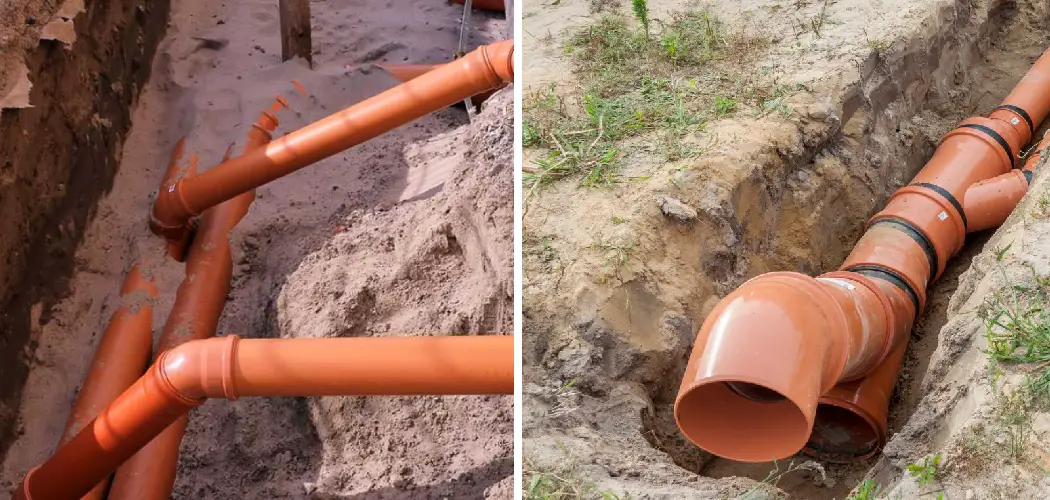There are several reasons why learning to install sewer pipe is important. Firstly, having a proper understanding of the installation process can save you a significant amount of money by avoiding unnecessary repairs or hiring expensive professionals. It also allows you to have control over the quality and timeline of the installation.
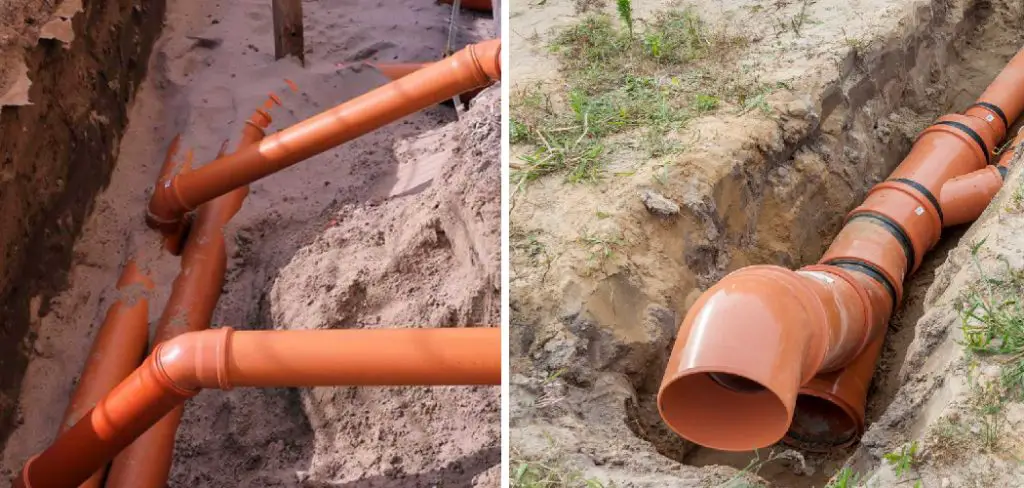
The main advantage of installing sewer pipe is to transport waste and sewage from buildings to treatment facilities for safe disposal. This not only ensures better hygiene in the surrounding area, but also prevents the buildup of harmful bacteria and pollutants. Read this blog post to learn how to install sewer pipe.
Step by Step Processes for How to Install Sewer Pipe
Step 1: Inspect the Area
When planning to install a sewer pipe, it is important to inspect the area where the pipe will be installed. This includes checking for any existing pipes or underground utilities that may obstruct the installation process.
Step 2: Get Necessary Permits
Before starting any digging work, make sure to obtain all necessary permits from your local authorities. Failure to do so can result in hefty fines or even legal action. Once you have inspected the area and obtained necessary permits, it is time to determine the best route for your sewer pipe. Consider factors such as slope, depth, and distance from your home or business.
Step 3: Gather Tools and Materials
Next, gather all the tools and materials needed for the installation process. This includes shovels, wheelbarrow, pipes, fittings, primer and cement for PVC pipes, and any other tools recommended by your contractor or plumber. Before digging begins, mark the route of the sewer pipe with flags or spray paint. This will serve as a guide to ensure that the correct path is followed during the installation process.
Step 4: Dig Trenches
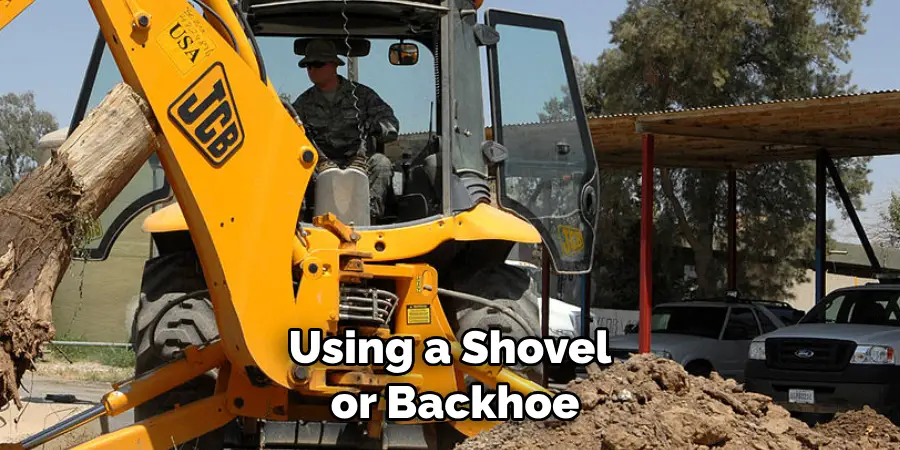
Using a shovel or backhoe, dig trenches along the marked route. The depth of the trenches should be determined by your local building codes and the slope of the pipe should be at least 1/4 inch per foot to ensure proper drainage. Carefully place each section of pipe into the trench, making sure that they are properly aligned and connected with fittings. Use primer and cement to secure connections for PVC pipes.
Step 5: Test the System
After all sections of pipe have been installed, it is important to test the system before backfilling the trenches. This can be done by running water through the pipes and checking for any leaks or blockages. If the system is functioning properly, backfill the trenches with soil. Make sure to compact the soil in layers to prevent settling and future pipe damage.
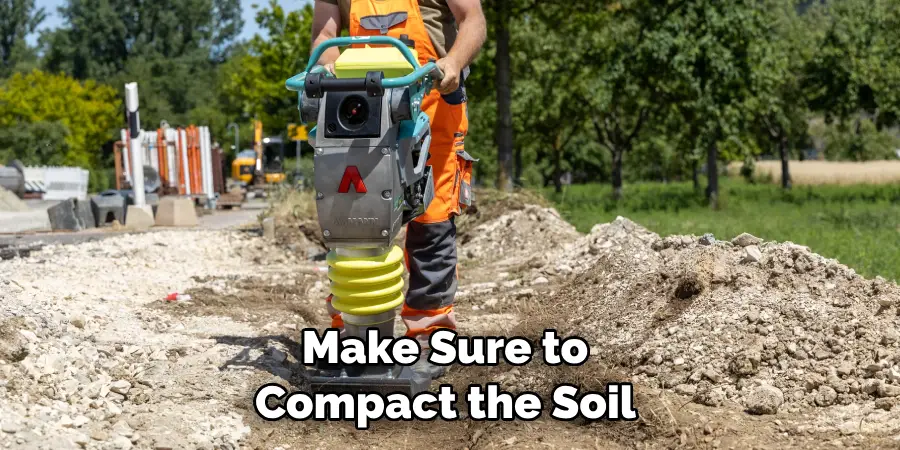
Once the trenches are backfilled, clean up any excess materials and restore the area to its original state. This may involve planting grass or filling in any holes created during the installation process.
Safety Precautions for How to Install Sewer Pipe
- Wear protective gear such as gloves, safety glasses, and work boots to protect yourself from potential hazards during the installation process.
- Use caution when digging near existing underground utilities to avoid damaging them or causing any accidents.
- Follow proper lifting techniques when handling heavy materials or equipment to prevent strain or injury.
- Make sure all tools and equipment are in good working condition before starting the installation process.
- Have a first aid kit on hand in case of any accidents or injuries during the installation process.
- Keep children and pets away from the work area to prevent any potential accidents or injuries.
- If you are unsure about any step in the installation process, seek professional help or consult with your local building department for guidance.
By following these safety precautions, you can successfully install a sewer pipe in your property. Remember to always prioritize safety and follow local building codes and regulations for a smooth and efficient installation process.
Can You Install a Sewer Pipe on Your Own or Do You Need Professional Help?
While it is possible to install a sewer pipe on your own, it is recommended to seek professional help for this task. Installing a sewer pipe requires specialized knowledge and skills, as well as proper equipment and tools.
A licensed plumber or contractor will have the expertise and experience to properly plan and execute the installation process, ensuring that it meets all safety standards and building codes. They also have access to specialized equipment that can make the process more efficient and effective.
Additionally, a professional installation can save you time and potential headaches in the long run by preventing any costly mistakes or damage to your property.
How Do You Ensure Proper Ventilation for the Sewer System During Installation?
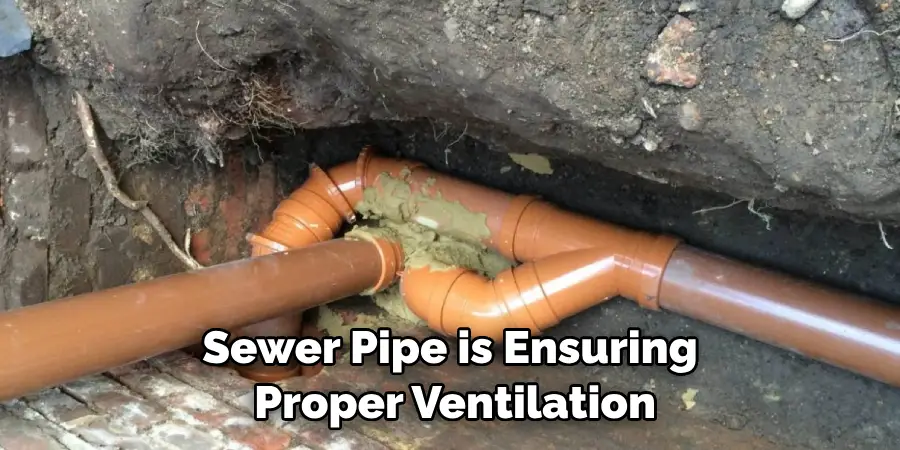
One crucial aspect of installing a sewer pipe is ensuring proper ventilation throughout the system. Ventilation helps to prevent harmful gases, such as methane and hydrogen sulfide, from building up inside the pipes and potentially causing health hazards or explosions. Here are some key steps you can take to ensure proper ventilation during sewer pipe installation:
1. Plan the Layout of Your Sewer System Carefully
The first step in ensuring proper ventilation is to plan the layout of your sewer system carefully. This includes identifying the location of vent pipes and making sure they are placed at strategic points along the system.
2. Use the Right Type and Size of Vent Pipes
Vent pipes come in different types and sizes, such as cast iron or PVC, and it’s important to select the right type and size for your specific installation. In general, cast iron pipes are better suited for larger systems, while PVC pipes are more commonly used in residential installations.
3. Install Vent Pipes at the Correct Angle
Vent pipes should be installed at a slight upward angle to allow any trapped gases to escape upwards and out of the system.
4. Keep Vent Pipes Clear of Obstructions
It’s important to ensure that vent pipes remain clear of any obstructions, such as debris or snow. Blocked vent pipes can lead to backflow and buildup of harmful gases.
5. Use Proper Sealing Techniques
When connecting vent pipes to other parts of the sewer system, it’s crucial to use proper sealing techniques to prevent any leaks that could compromise ventilation.
By following these steps, you can ensure proper ventilation for your sewer system during installation. Remember to also regularly inspect and maintain your vent pipes to prevent any potential hazards in the future.
What Are Some Common Mistakes to Avoid When Installing a Sewer Pipe?
When it comes to installing a sewer pipe, there are many factors to consider in order to ensure a successful and efficient installation. While following proper procedures and using the right equipment is crucial, it is also important to be aware of common mistakes that can occur during the installation process.
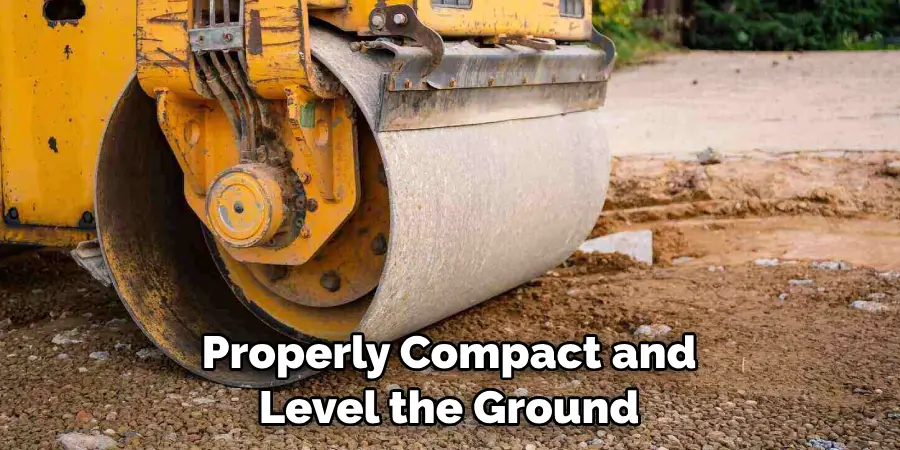
One common mistake when installing a sewer pipe is not properly preparing the ground before laying down the pipe. This can lead to shifting or settling of the pipe, resulting in leaks and potential damage. Before laying down any pipes, it is important to properly compact and level the ground to create a stable foundation.
Another mistake that may occur is not accounting for proper slope when installing a sewer pipe. The slope determines the flow of wastewater and if it is not at the correct angle, it can lead to clogs and backups. It is important to carefully calculate and measure the slope before installation.
What Are Some Tips for Properly Maintaining a Sewer System After Installation?
Sewer pipe installation is a crucial process that requires careful planning and execution. However, the work does not stop once the pipes are installed. It is important to properly maintain your sewer system to ensure its longevity and functionality. Here are some tips for maintaining your sewer system after installation:
1. Regular Inspections
Regular inspections of your sewer system can help detect any potential problems early on. This includes checking for any clogs, leaks, or damages to the pipes. It is recommended to have a professional plumber inspect your system at least once a year.
2. Proper Waste Disposal
Proper waste disposal is essential in maintaining a healthy sewer system. Avoid flushing items such as grease, oil, and non-biodegradable materials down the drain as they can cause clogs and damage to your pipes.
3. Monitor Tree Roots
Tree roots can be a major issue for sewer systems as they can grow into the pipes and cause blockages. It is important to monitor any trees or shrubs near your sewer lines and have them trimmed or removed if necessary.
4. Address Any Issues Immediately
If you notice any issues with your sewer system, such as slow draining or foul odors, it is important to address them immediately. Ignoring these problems can lead to bigger and more expensive repairs in the future.
5. Know Your System
It is important to know the layout of your sewer system and where the main lines are located. This will make it easier to troubleshoot any issues and also prevent any accidental damage during landscaping or construction projects.
By following these tips, you can properly maintain your sewer system and avoid costly repairs in the future. Remember to also follow any specific maintenance instructions provided by your plumber during the installation process.
Conclusion
In conclusion, we have discussed the important steps and considerations to keep in mind when installing a sewer pipe. As a homeowner or contractor, it is essential to understand the local regulations and obtain necessary permits before beginning any excavation work.
Moreover, it is crucial to carefully plan and design the sewer system layout, keeping in mind factors such as slope, pipe size, and material type. Properly preparing the trenches and using appropriate bedding materials can help prevent future issues such as pipe settlement or blockage.
When it comes to actually installing the pipe, following proper techniques such as using gradual slope, properly jointing pipes, and backfilling in layers are essential for a successful and long-lasting sewer system. I hope reading this post has helped you learn how to install sewer pipe. Make sure the safety precautions are carried out in the order listed.

